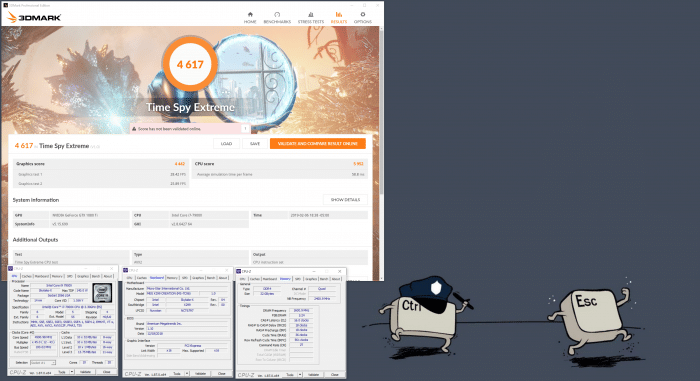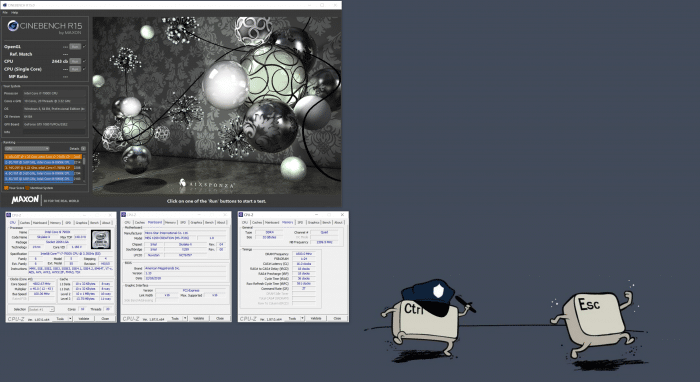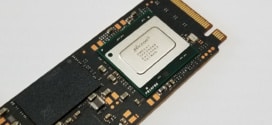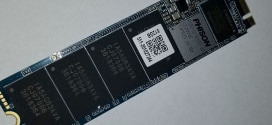Overclocking
Overclocking the 7900X on the X299 Creation is the same as other X299 boards. for the most part, VCore will be your main adjustment although in some cases you may need to tweak r fine-tune the VCCIN. Some X299 boards may overvolt or under-volt the VCCIN which will lead to an unstable overclock. In the case of the X299 Creation, it was at a safe 1.91VCCIN when trying to a 4.5GHz all core overclock. The VCore we were able to achieve was quite good coming in at a 1.15VCore with a slight uplift from the Max LLC setting resulting in a final 1.166. I actually could push it slightly lower but I tend to stay on the higher side by a tick or two as HEDT are usually used in heavily loaded scenarios. With that being the case I need to ensure that it has good stability for longer duration pulls.


The MSI MEG X299 Creation achieved a nice performance uplift from the 4.5GHz overclock and as you can see evidenced above pulled up the entire system performance for both gaming and render loads.
Temperatures
For Thermals, we tested the platforms with real-world stress via a long video encode.

Here we see that although the 7900X has more cores, the larger package allows better thermal dissipation which allows a much cooler operating temp. the 9900K is a very capable processor but at a much smaller package size the thermal density is simply much higher for its given clock speed.
Power Consumption
The power consumption is tested the same way as the thermals with a long video encode to simulate a real-world loading scenario.

Here once again even though the chip has more cores, it simply pulls less power due to the overall lower voltage required for its lower clock speed vs the 4.7-5GHz we saw from the 9900K.
 Bjorn3D.com Bjorn3d.com – Satisfying Your Daily Tech Cravings Since 1996
Bjorn3D.com Bjorn3d.com – Satisfying Your Daily Tech Cravings Since 1996











